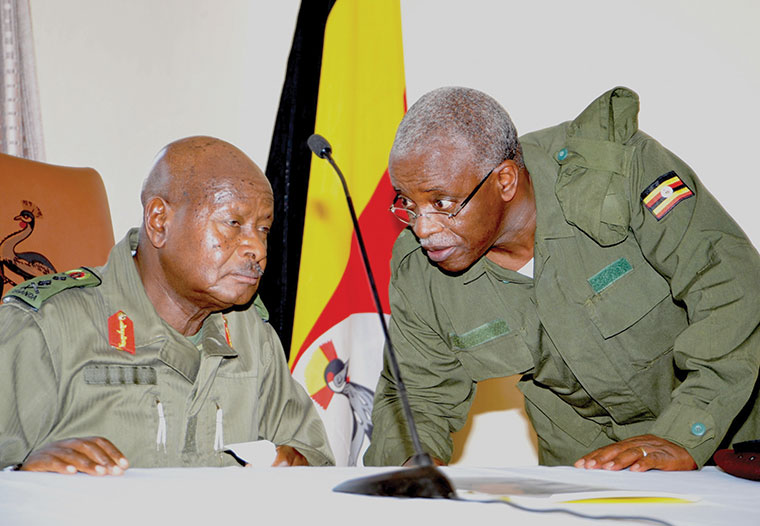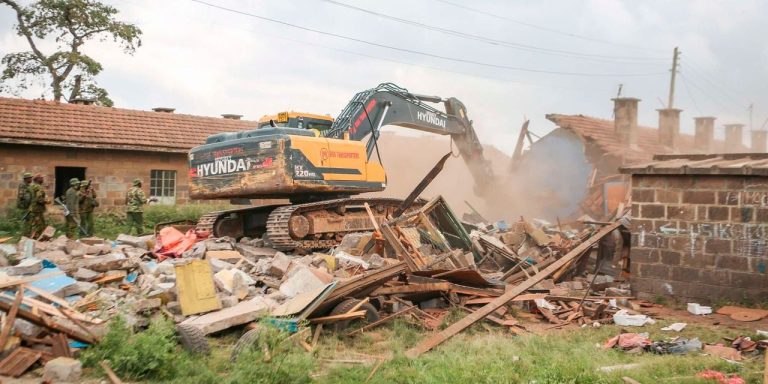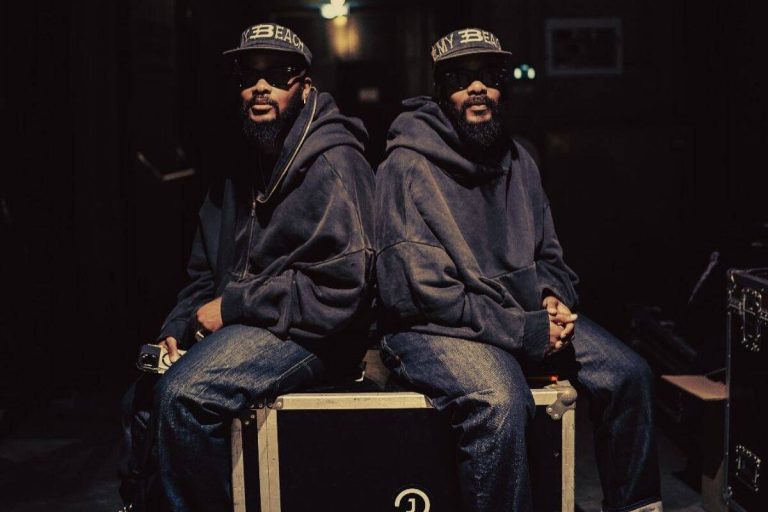
Former prime minister and current presidential special envoy Amama Mbabazi says he intends to clarify long-standing inconsistencies surrounding the famed February 6, 1981 attack on Kabamba military training barracks— an operation that launched the NRA guerrilla war and later became commemorated as Tarehe Sita.
Speaking at the launch of the 45th anniversary celebrations at the ministry of Defence and Veteran Affairs/UPDF headquarters in Mbuya on November 18, 2025, Mbabazi gave a brief but revealing glimpse into what he called the “real facts” of the operation.
Short on time, he promised fuller details in the future. He challenged some of the long- accepted figures about the attack.
“The correct number was 44 (not 40 or 41),” he said, referring to the fighters involved.
“The 44 had only 27 guns.” Mbabazi also disclosed that the assault was originally planned for February 5.
But an unexpected development forced a last-minute postponement. That meant collaborators inside Kabamba barracks had to be informed quickly. On February 4, he said, he and senior NRA commanders Sam Magara and Akanga Byaruhanga were sent by Yoweri Museveni to deliver the message.
Because Mbabazi and Magara were too well-known, they stayed outside while Akanga entered. Akanga managed to warn some contacts but was arrested when he was caught moving during parade time.
After a tense wait, Mbabazi and Magara decided to enter the barracks and seek out sympathetic officers. They found Jeje Odongo and another collaborator, Muguta, who swiftly secured Akanga’s release.
Lt Gen Jack Bakasumba, the UPDF chief of Joint Staff and chair of the 45th Tarehe Sita organising committee, added his own memory of the attack—one that sent the audience laughing.
As a young trainee at Kabamba, he said, he never had a pass-out ceremony. “Immediately after the attack, all the trainees were transferred to units in neighbouring districts to pursue the rebels,” he recalled.
Looking back even further, Mbabazi traced the roots of the NRA struggle to the early 1970s Fronasa movement. Many of those early fighters have since died, retired or moved on, he said. Only three from the first core group are still alive and “consistent with the mission”— President Yoweri Museveni, Ruhakana Rugunda and Mbabazi himself.
Others, including Kahinda Otafiire, Augustine Ruzindana, Bosco Omule and Salim Saleh, were recruited later.
This year’s 45th anniversary activities will take place across the six districts of Kigezi—Rubanda, Rukiga, Rukungiri, Kanungu, Kabale and Kisoro— culminating in a grand celebration at NTC Kabale grounds on February 6, 2025. Units across the country will hold their own commemorations as well.
Prof Ezra Suruma delivered the keynote address, focusing on Kigezi’s political and social transformation since 1962. Maj Gen Henry Matsiko, UPDF’s chief political commissar and the focal person for the celebrations, outlined the programme for Army Week.
He said activities would start earlier than usual because of the January 2026 general elections. The UPDF will undertake construction and renovation of health centres, schools and bridges, distribute scholastic materials, run medical camps—including surgeries—and offer psychosocial counselling and specialised clinics for non-communicable diseases.
“There will be six medical teams offering surgical services for 12 days,” he noted.
Brig Michael Kibuye, director of Civil– Military Cooperation, read out a long list of organisations and individuals contributing to the celebrations, including the Ministry of Health, Sadolin Paints, Stanbic Bank, Centenary Bank, New Vision Group, One Million Trees Uganda, National Enterprises Corporation, Movit Products, Wazalendo Sacco, National Water and Sewerage Corporation, Dr Agarwals Eye Hospital, Crestanks, Prof Gilbert Bukenya, Uganda Prisons Service, URA, Maj Gen Steven Kashaka, Uganda Blood Transfusion Service, National Forestry Authority, UETCL, and the Presidential Initiative on Banana Industrial Development.



